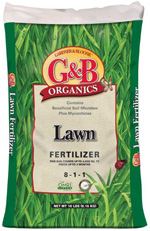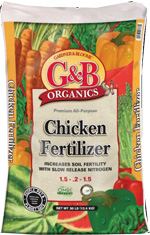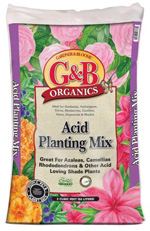|

     
|
 |
Featured Quote: "We may think that we are tending our garden, but of course, in many different ways, it is the garden and the plants that are nurturing us." |
 |
 |
|
By Tamara Galbraith Soon after the festivities end, your once-fresh Christmas tree begins moving from Christmassy to crispy. No matter. When you're ready to take down the decorations, explore all your options of how to reuse or recycle. Many communities across the country offer a recycling program, whereby trees are collected and ground up into mulch for municipal use. Areas with lots of man-made lakes sometimes collect and sink old trees into waterways to slow erosion. Check with your local city government or county Extension Office to see if such a tree collection program is in place. Also, if you have the space and don't mind "the natural look" in your landscape, lay your old tree in a remote corner of your yard; it will make a great hiding and nesting place for birds, rabbits and other small creatures. If you have a compost pile, you can cut the branches into small pieces, and add them to the compost pile. It will take time, but they will break down to beautiful soil. Whatever you choose, be sure all the non-natural decorations, like tinsel and ornament hooks, have been removed. While sparkly mulch might have an interesting look, it's not very good for the environment. |

|
Have you bid your herb plants "adieu" and resigned yourself to using dried herbs until the warm weather returns in the spring? Why not try an indoor herb garden this winter? These plants can then be transplanted into the garden when the danger of frost has passed. If you already have a few plants inside, you can take cuttings of your existing plants. For variety, however, you'll probably prefer to start new plants from seed. Here is a list of materials you will need: Containers: Any container will do, as long as it's large enough for the herb(s) and drains well.
Follow these steps when starting your plants from cuttings:
Follow these steps when starting your plants from seeds:
Your herb plants will benefit from an occasional "bath" to wash the dust from them. In the spring, when danger of frost has passed, begin moving them outside. Acclimate them slowly over a period of a couple of weeks by placing them in semi-shade for a few hours a day at first and gradually increasing the time and amount of sunlight they receive until they are eventually outside in the full sun all day long. Next step? Transplant them into the garden! |
 |
|
What does soil pH measure? Answer: Soil pH indicates how acid or alkaline a soil is. In technical terms, it is a logarithmic function of the hydrogen ion concentration [H+]: pH = -log [H+]. Got all that? In simpler terms, a pH of 7.0 is neutral. Below that number is acidic, above that number is alkaline. The scale is progressive, too. A pH of 6.0 is ten times more acid than a pH of 7.0; a pH of 5.0 is 100 times more acid than a pH of 7.0, and so on. You can test your soil pH with a simple pH test kit. • To modify or correct acidic soils you need to apply lime. Most plants prefer soil slightly on the acidic side of 6. Use a lower pH for acid-loving plants like blueberries, azaleas, and ferns. |
 |
|
What You'll Need:
Step by Step:
|
 click here for a printer friendly version of this page
click here for a printer friendly version of this page
 |
Written content © Garden Partners LLC, or respective authors. All Rights Reserved. Privacy Policy. All written content contained in this site is protected by United States copyright law and may not be reproduced, distributed, transmitted, displayed, published, or broadcast without prior written permission of Garden Partners, LLC. You may not alter or remove any trademark, copyright or other notice from copies of the content. |




